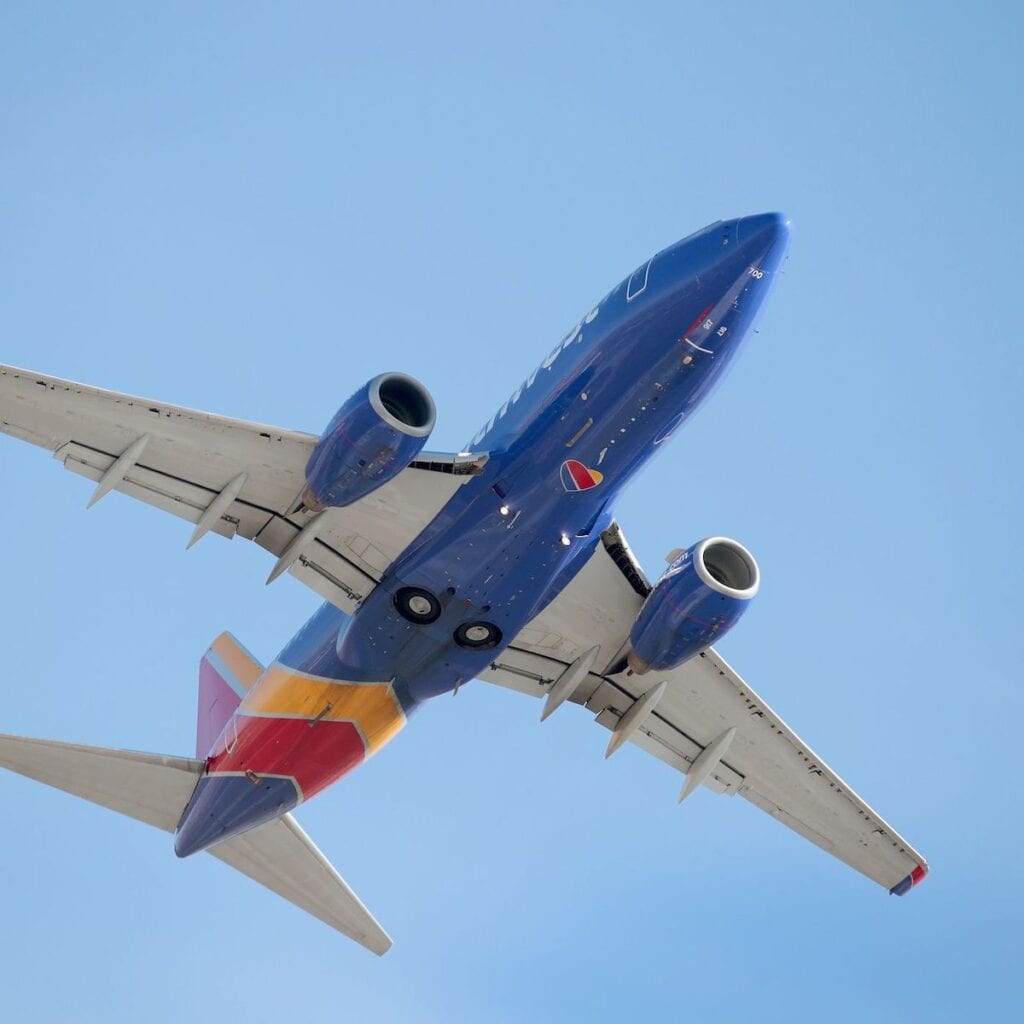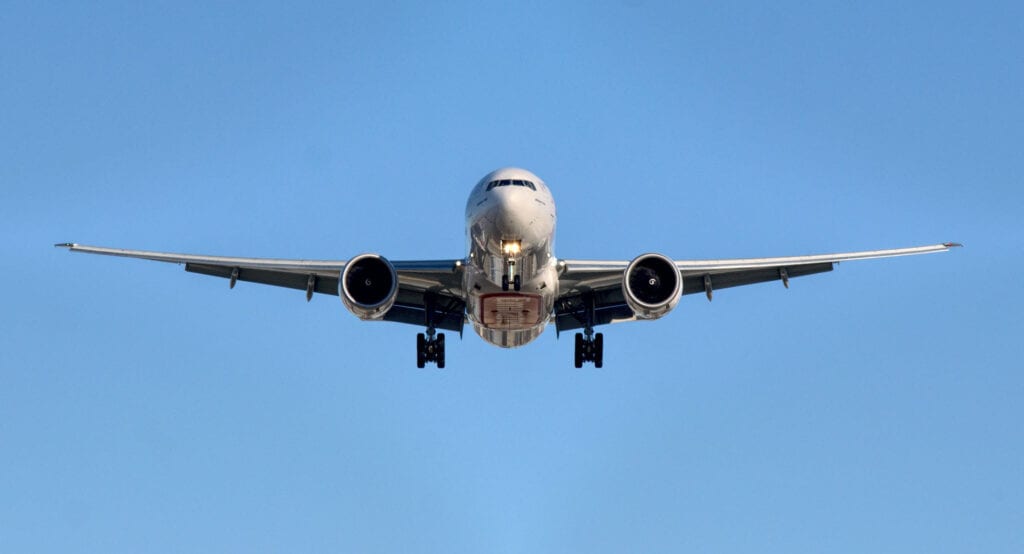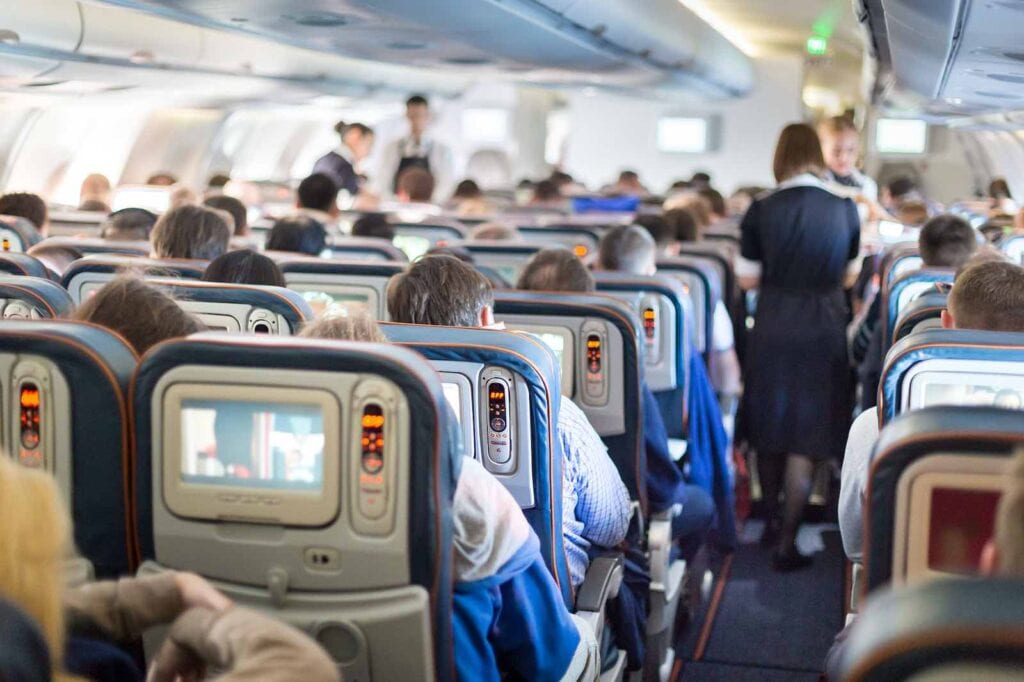
How does Volaris Airlines fare against Vivaerobus? The reviews are in
In the ever-evolving world of aviation, adaptability isn’t just a trait; it’s a survival mechanism. This rings especially true for Volaris, the Mexican ultra-low-cost carrier that’s been making headlines recently. But what’s the real story behind their recent agreement with Pratt & Whitney, and how does it affect their sky-high ambitions? The reviews are in, let’s see how it all stacks up.

A Turbulent Journey
Volaris, known for its budget-friendly fares and an extensive network, found itself in choppy air due to technical issues with its GTF engines. These engines, essential for their Airbus A320neo and A321neo fleet, had to be removed for inspections, prompting a deal with engine manufacturer Pratt & Whitney. But what does this mean for the airline and its passengers?
Details of the compensation remain under wraps, but this isn’t just about numbers. It’s about strategy, adaptability, and resilience in an industry where the only constant is change. Volaris, facing the same challenges as over forty other airlines due to these engine inspections, didn’t just sit back. Instead, they rolled up their sleeves and devised a mitigation plan to offset the impact.
Optimization, stimulation, negotiation, continuation, and cost-efficiency – these aren’t just buzzwords; they’re the pillars of Volaris’ survival strategy. From tweaking their network to stimulate demand, negotiating lease extensions, and keeping up with aircraft deliveries to finding new ways to cut costs, Volaris isn’t just navigating through a storm; they’re charting a new course.

A Different Approach
While their competitor Viva Aerobus turned to wet leasing, Volaris chose a different path. No wet leases for them; instead, they’re focusing on internal efficiencies and strategic adjustments. This decision not only sets them apart but also highlights a different philosophy in handling crises.
Pratt & Whitney hasn’t had it easy either. A rare condition in the metal used for their engine parts led to potential premature cracks, a nightmare scenario for any airline. Over three thousand engines were potentially affected, leading to a massive and urgent inspection initiative. This not only disrupted airlines like Volaris but also hit Pratt & Whitney’s parent company, RTX, hard financially.
It’s not just about one airline or one manufacturer. This situation underscores the interconnected nature of the aviation industry. When one cog in the wheel faces issues, it reverberates across the network, affecting airlines, passengers, and even stock markets.

Volaris: Adapting to New Skies
Despite these challenges, Volaris’ traffic reports for November 2023 show a blend of resilience and strategic adaptability. With a slight decrease in passengers and a shift in their route strategies, they’re not just responding to challenges; they’re preemptively planning for a future where unpredictability is the only guarantee.
Enrique Beltranena, the CEO at the helm of Volaris, sees these challenges as opportunities. With their recent agreement with Pratt & Whitney, Volaris is looking to turn a problem into a possibility, addressing the financial implications of engine inspections and aligning with their broader mitigation plans.
As we watch Volaris navigate through these turbulent times, one question remains: How will their strategies reshape the future of budget air travel, not just in Mexico but globally? And for us, the passengers, the question is: Are we ready to adapt alongside them, as the very skies we travel through continue to change?







